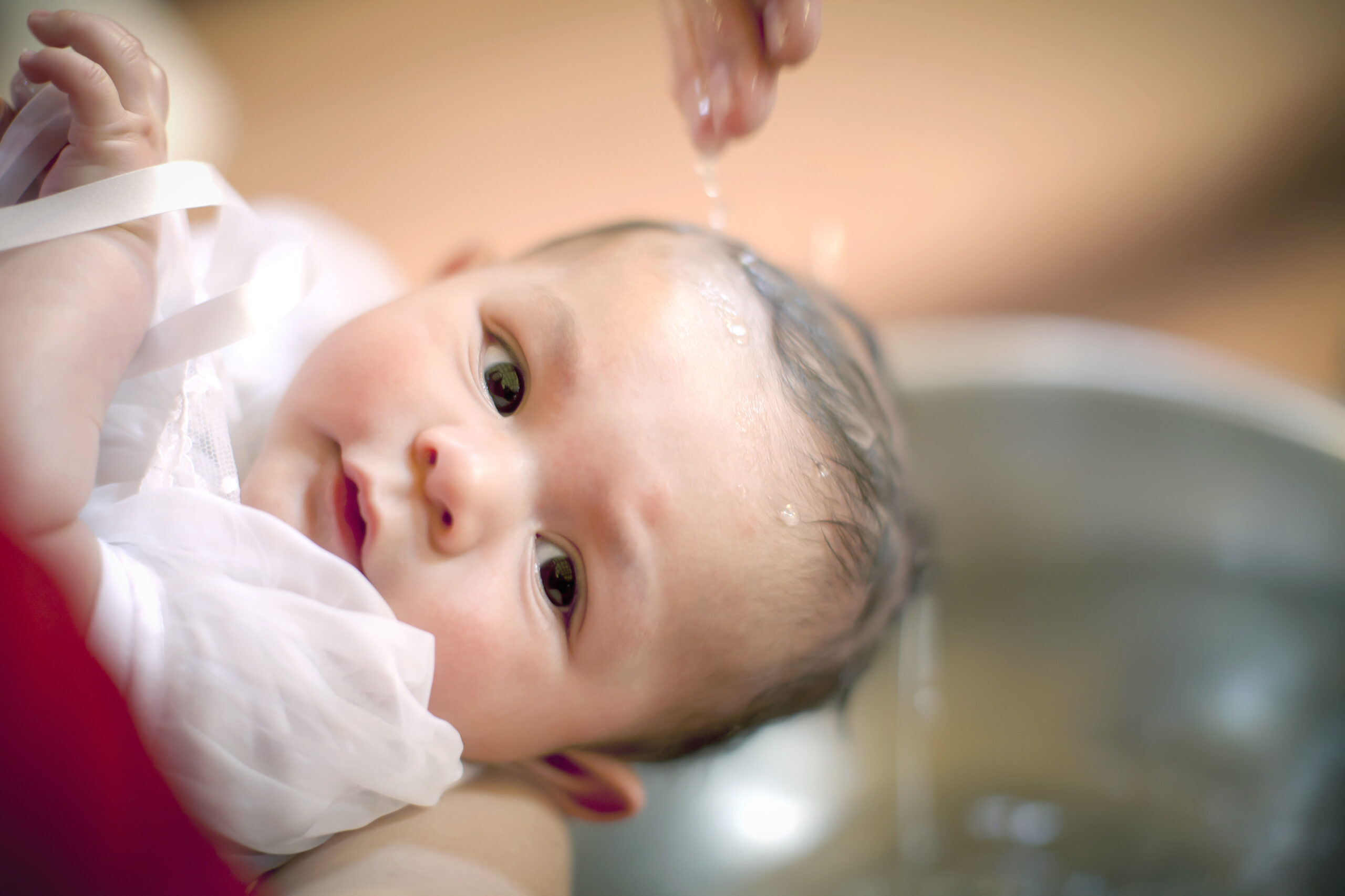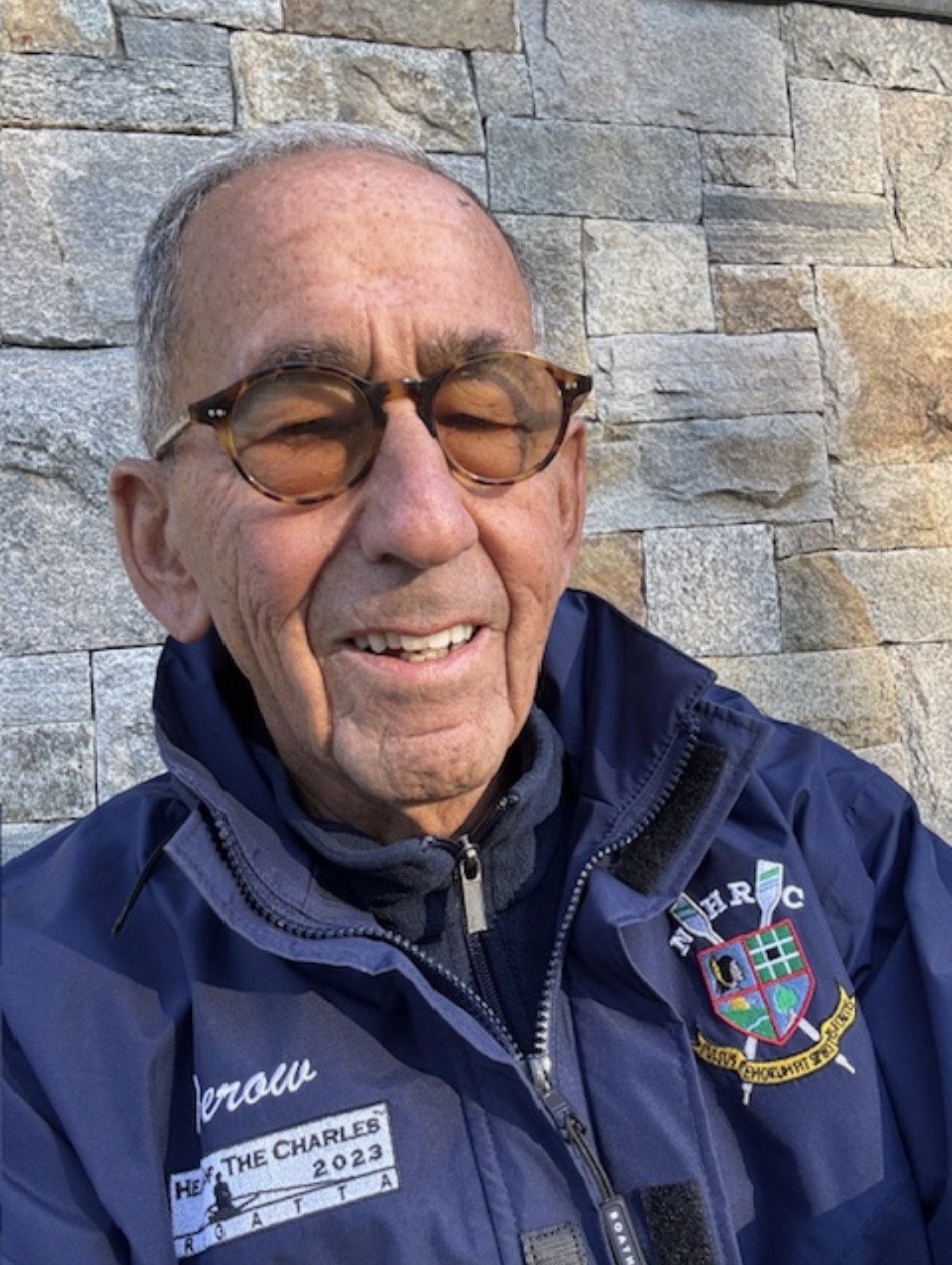A process used to remove the color from fibers or textiles. To do this, several bleaching agents are used. Chlorine is often used to treat cotton and other vegetable fibers, whereas peroxide and sulfur dioxide are used to cure animal fibers.
Method for Bleaching Cotton
Raw cotton (in skeins) or cut cotton (in pieces) may both be bleached. Some examples of unwanted substances are cotton wax, fatty acids, peptic chemicals, dyes, and albuminoids (another mineral matter). Despite making up just a small percentage (less than 5%) of the whole.
Cotton-Pieces
Most cotton products are bleached in the piece since it is the most efficient method; the technique is similar to yarn-blending, but there are several key differences and additional steps involved. These are necessary for removing chemical compounds and other impurities used in the sizing and weaving operations. Sizing materials include starches, Farinas combined with other substances (tallow, ZnCl2, soaps, MgCl2, etc.), and mineral oils. If the best outcomes are desired, it is necessary to get rid of all of these substances. Therefore, singing and desizing are necessary processes.
Because of the nap and lose fibers, the fabric that comes out of the weaving section has a downy appearance. It’s crucial to go on with the following steps after the cloth surface has been cleaned. However, signing the napping off is the first step in getting rid of it.
Singeing
Singeing is accomplished by passing the cotton strips through a gas flame that is too low to produce any visible light.
Grey-washing
Basically, you just put the things in a standard washing machine.
After being wetted out in the machines, they are left to ferment in piles overnight, which causes the starch to hydrolyze and become water-soluble.
Treatment with an alkaline solution
Initial steps in this process include putting the pieces through an alkaline solution with a concentration equal to about 4% of the charge’s weight. As a result, they run into Kier.
The parts are then washed in a continuous washing machine with plenty of water.
Gray-souring
The items are washed in a washing machine with 20 Tw HCl as part of this procedure. Lime removal is the main objective. After that, we give the items a good scrub.
Chemicking
After the alkali is washed out, the bleaching or chemistry process may begin on the parts. There are several different ways that this operation may be performed. Washing them in a washing machine with a bleaching powder solution (10 Tw) and then letting them air dry overnight in a loose stack is the most effective approach. Items are washed with white sour, a solution of highly diluted acids (at 20 Tw), to eliminate any acids that might cause fiber tendering, and then given a final thorough cleaning.
When the bleaching process is complete, the material is scotched, or stretched from rope form to its maximum width. After scorching, the cloth is opened and dried in a dryer.
Constantly releasing and cleaning with Kier Cotton
The vast bulk of the bleached cotton fiber has further processed in enormous kiers designed to manage hundreds of pounds of fiber at a time while operating at very high temperatures and pressures. Before being bleached, cotton got opened and washed to remove dirt and debris (trash and dust particles, and plant contaminants). Following this process, the non-lint portion should consist mostly of very fine particles that have bleached. After the fiber has been bleached, it goes through a moisture extraction process, and the resulting wet cake has opened and dried on a spiked apron. After the fiber has been dried, it is often transported to the bale press through opening equipment.
Products like sanitary napkins and cotton swabs used in medicine and cosmetics rely on bleached cotton. Fiber tangles and clumps have less of a problem for these products since they have sealed. The bleached cotton destined for more substantial and exacting items made from lightweight roll goods, including cover stock and spun lace webs, requires more uniform fiber openness prior to web production, making the use of specialized opening equipment obligatory.
Proper opening and cleaning are essentially more difficult with kier-bleached cotton than with virgin. However, raw cotton forms due to the tangling of the fibers that occurs during wet processing. Also, the greater friction between the fibers is generated by the loss of natural waxes and pectins. While lubricants and antistatic chemicals may be used to make bleached cotton more processable. It still requires special opening and cleaning procedures before it can be utilized in crucial nonwoven roll goods.
Epilogue
You can get different fabrics for Middle East clothing from numerous wholesale fabric manufacturers or suppliers. With their assistance, you can easily curate your collection. The collection comprises numerous fabrics ranging from cotton, silk to denim. So, what are you waiting for? Get your collection ready with these exclusive fabrics.









